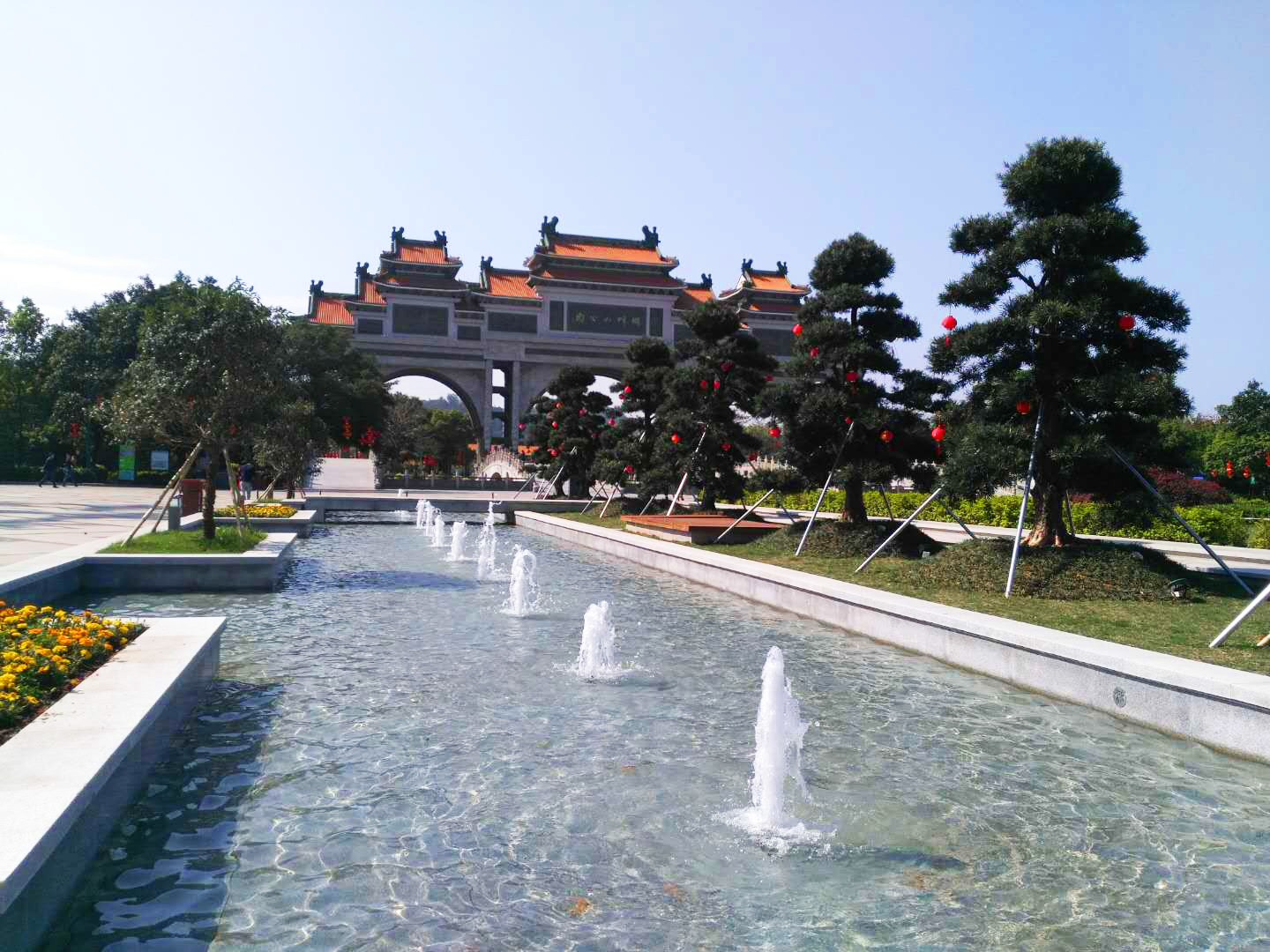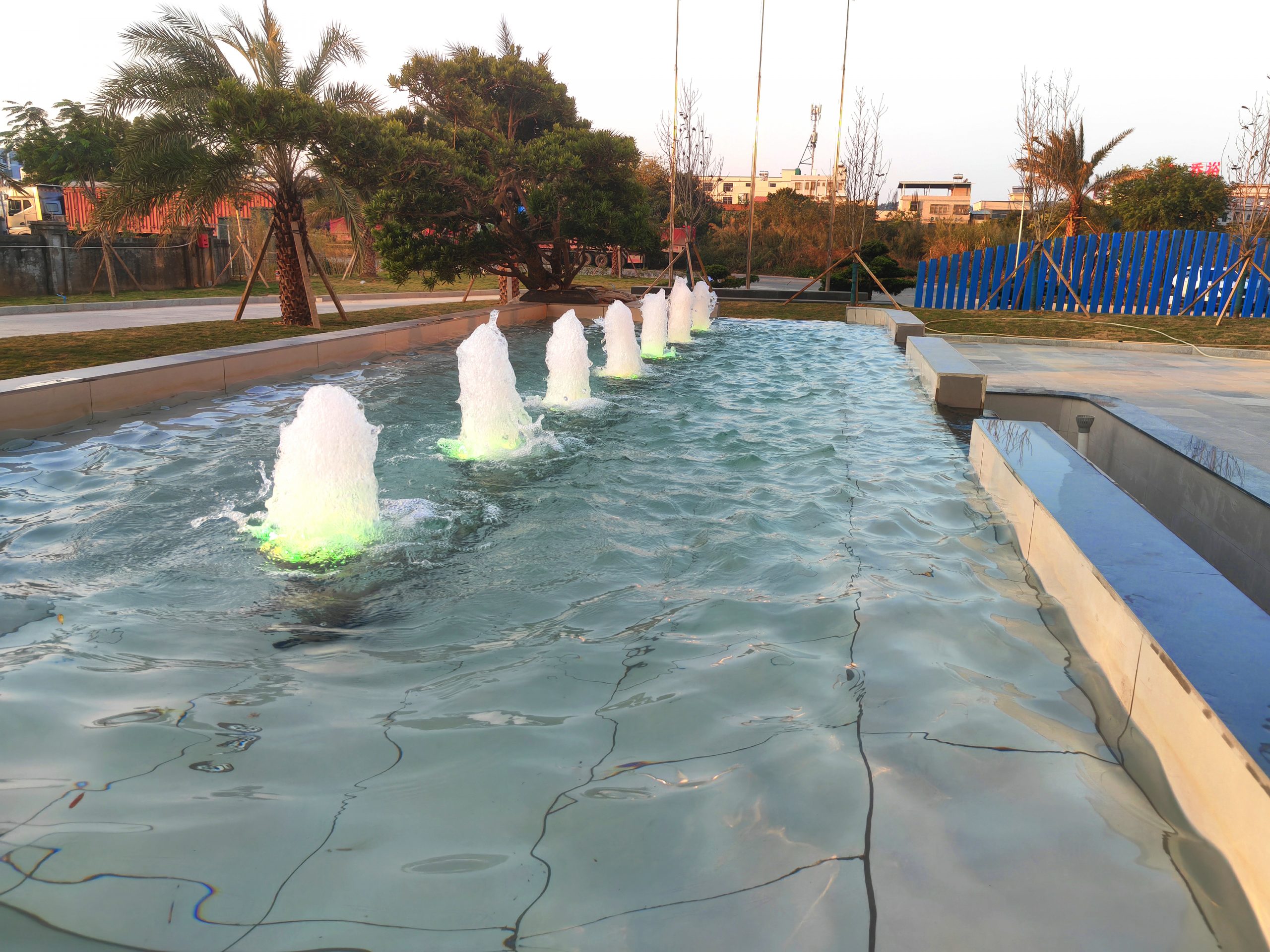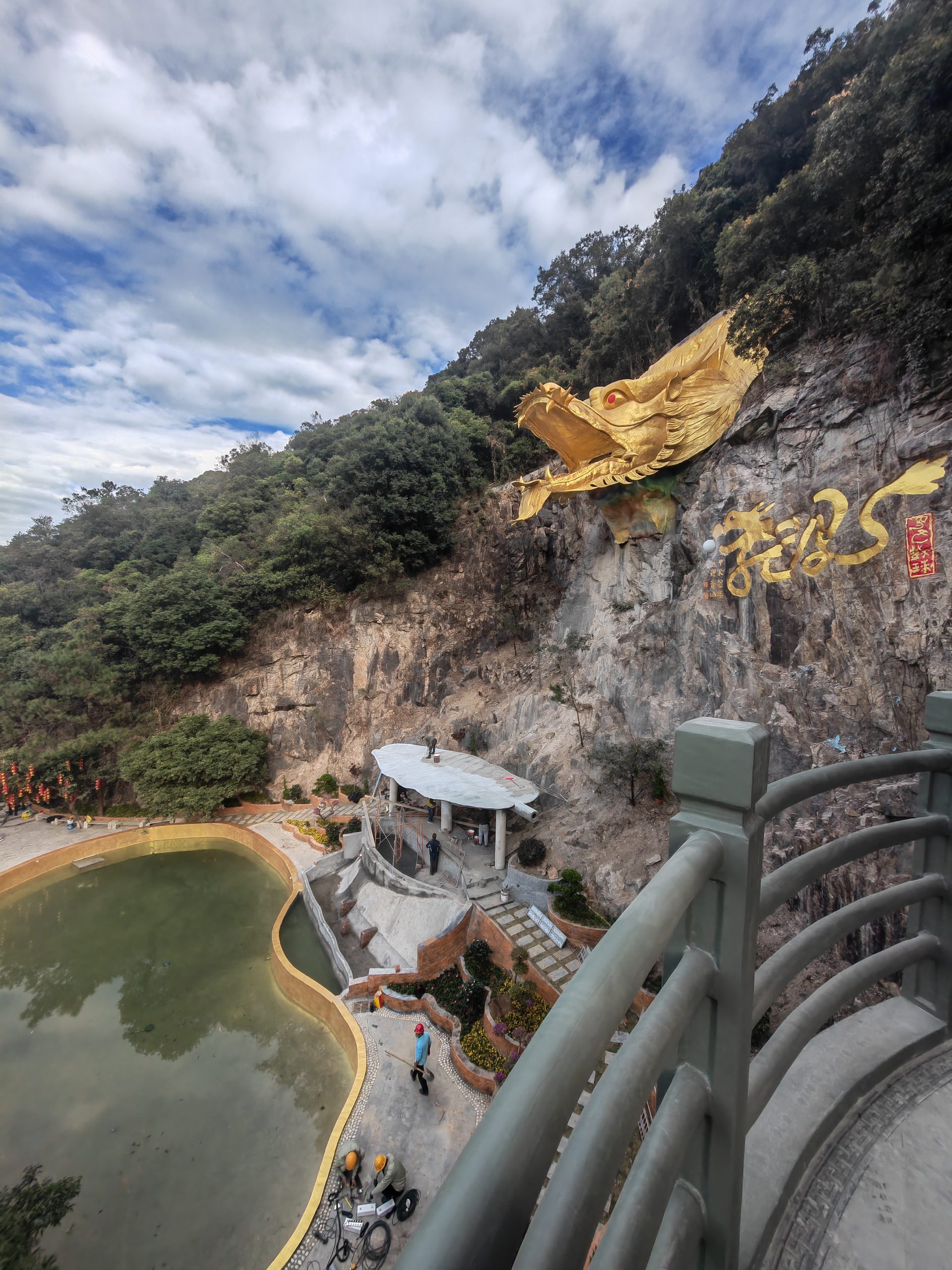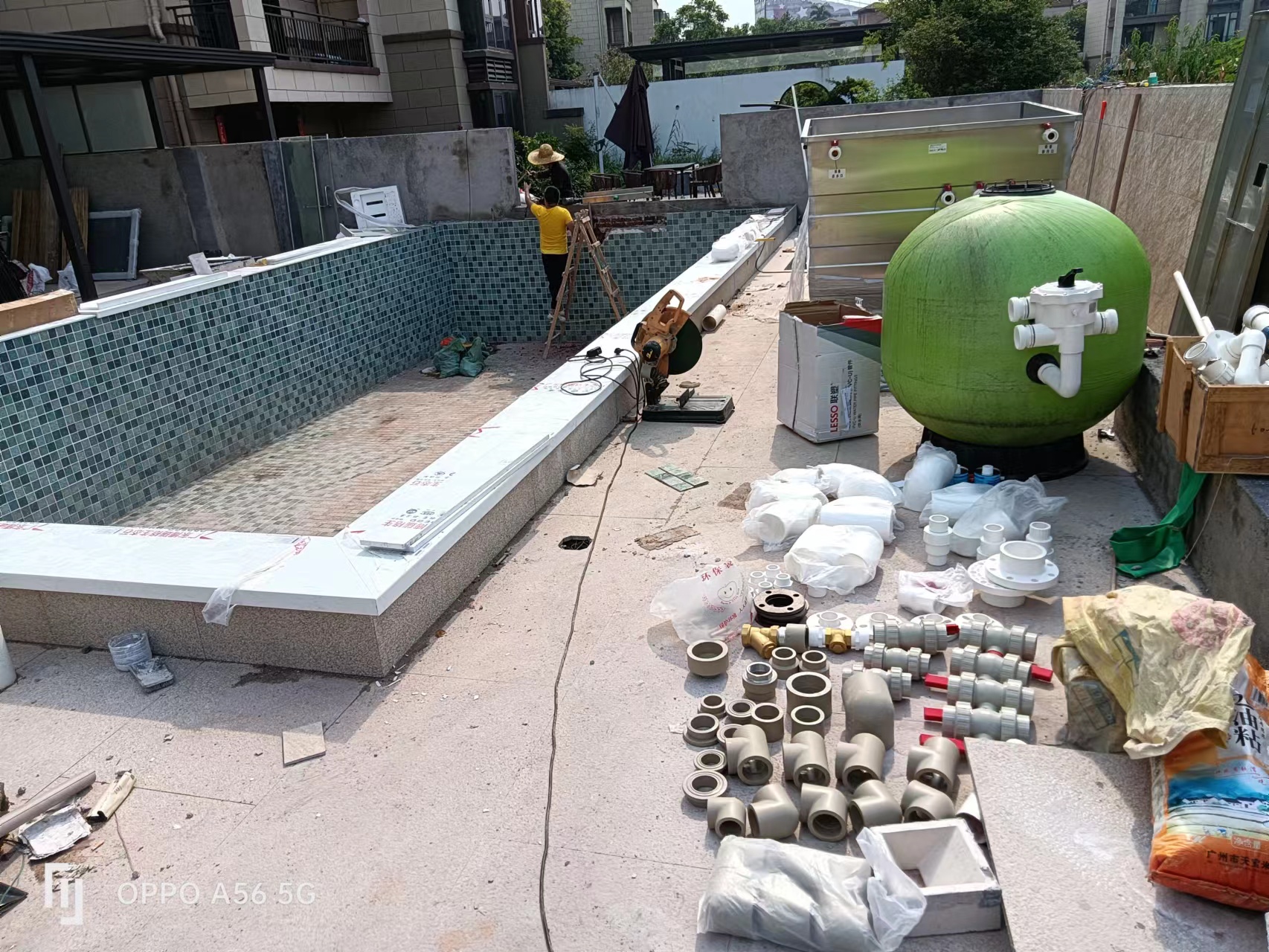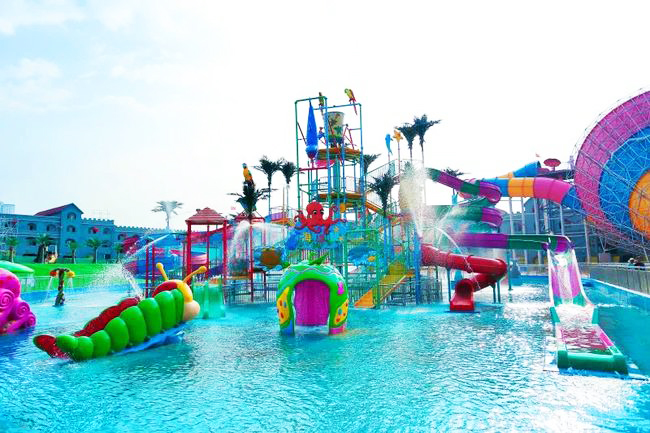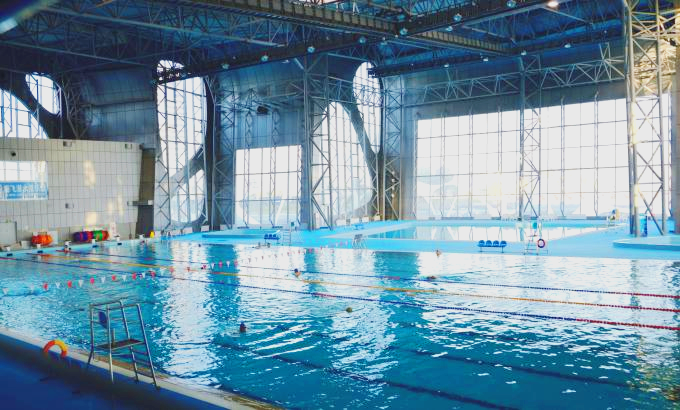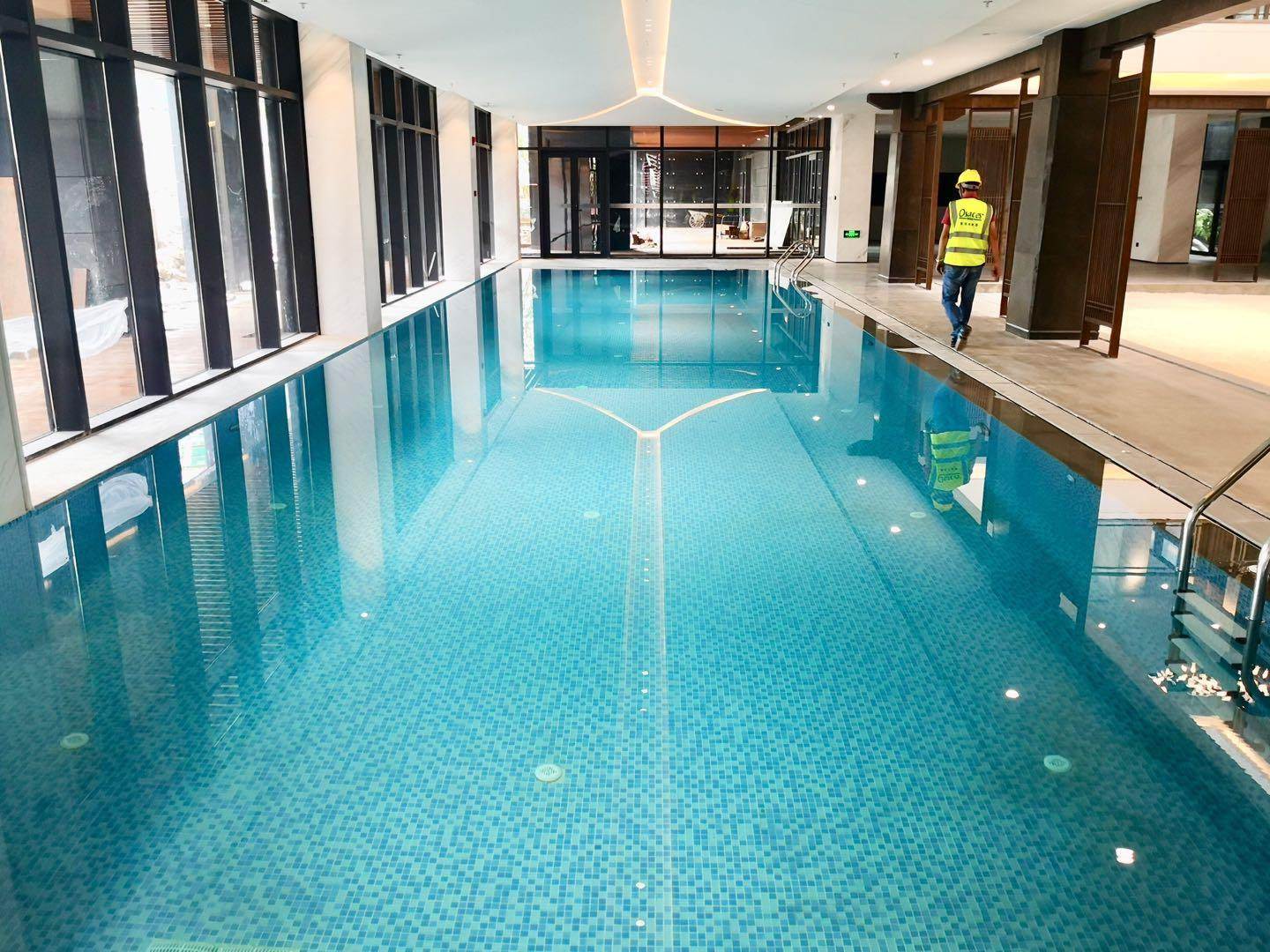common problems
contact details
 Ollies (Guangzhou) Recreation and Sports Equipment Co.
Ollies (Guangzhou) Recreation and Sports Equipment Co.Tel: (020) 82686289
Fax: 020-82694853
Headquarter: No.31-37, Xincun 2 Road, Shangjiang North Street, Dongzhou Village, Xintang Town, Zengcheng City, Guangzhou, Guangdong, China
Fish Pond Filter Professional Maintenance Guide
Fishpond filtration system is essentially a miniature version of water treatment engineering, and its operational efficiency depends on the design of hydrodynamics, microbial community construction and equipment stability. As the core unit of water purification, the scientific maintenance of the system needs to follow the principle of biological-physical-chemical synergy, this paper will be based on the nitrification reaction kinetics, filter bed clogging model and equipment wear and tear law, systematic analysis of the maintenance technology framework.
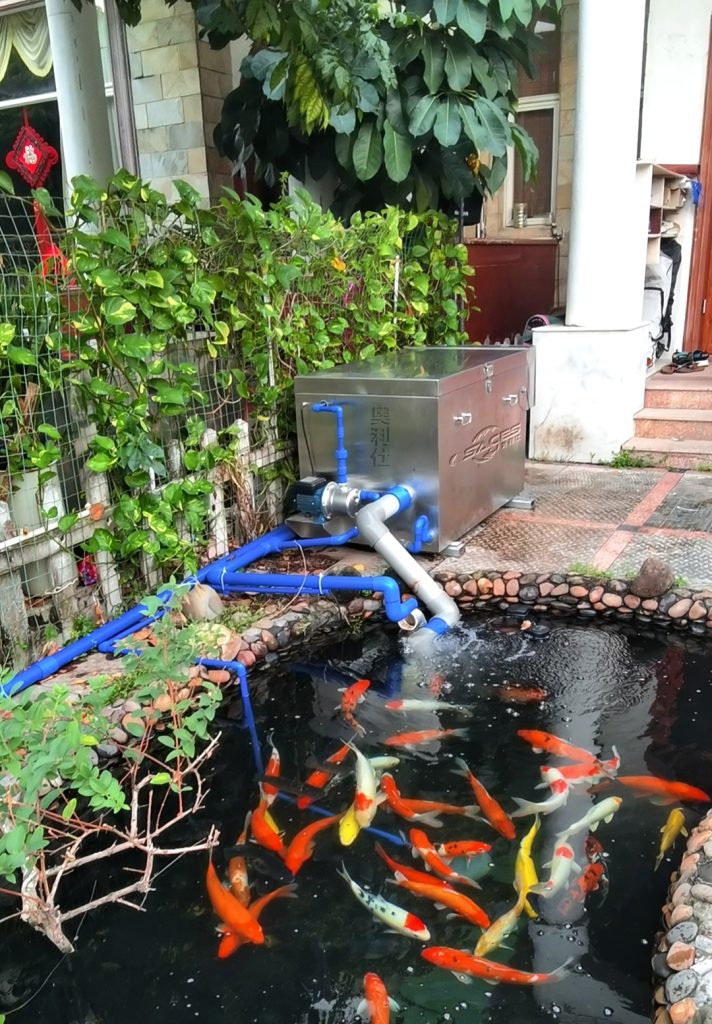
I. Physical filtration unit maintenance specifications
- Mechanical retention efficiency optimization
- Gradient filtration design: the front coarse filter (pore size 2mm) intercepts large residual bait feces, the middle 20PPI sponge filter cotton intercepts suspended matter above 50μm, and the end 5μm fine filter bag removes colloidal particles.
- Backwash cycle calculation:
When the differential pressure of the filter layer>15kPa or flow rate attenuation 20% start backwashing, use 0.3MPa pressure water gun with air-water mixing pulse (air-water ratio 1:3) to remove deep impurities. - Practical experience: weekly disassembly and cleaning of coarse filters, monthly soaking of filter cotton with 5% oxalic acid solution for 30 minutes to dissolve calcium and magnesium deposits.
- Sinkhouse management
- The cyclone separation device needs to maintain a tangential flow rate of 0.3 m/s for the incoming water to promote solid-liquid separation.
- Clean the sediment daily to prevent anaerobic fermentation, and control the pumping speed ≤1L/s when using the siphon to avoid disturbing the sediment layer.
II. Maintenance technology for biofiltration systems
- Nitrification system maintenance
- Biofilm thickness control: through the DO probe monitoring, when the dissolved oxygen <4mg/L start the aeration system, to maintain the biofilm thickness in the 200-500μm optimal activity zone.
- Bacterial colony expansion operation: Quarterly supplementation of composite nitrifying bacterial agent (containing Nitrosomonas and Nitrobacter), at a rate of 0.5g/m³ water body, with glucose (C/N=10:1) to promote colonization.
- K1 filler fluidized bed maintenance: keep 30% filling rate, aeration of gas lift tube is adjusted to 5L/min-m³, to ensure that the carrier surface biofilm renewal cycle ≤ 72 hours.
- Denitrification system regulation
- An anoxic chamber (ORP value -50~+50mV) was set up and filled with birch wood carbon source, and the C/N ratio was controlled at 5:1.
- Nitrate abatement rate was tested monthly, and when NO3-N was >30 mg/L, 2 ml/m³ of denitrifying bacterial solution (Pseudomonas sp.) was injected.
III. Maintenance points for chemical filtration units
- Activated Carbon Regeneration Technology
- Adsorption saturation determination: regeneration is required when TDS difference <50mg/L or iodine value <600mg/g.
- Thermal regeneration method: the failed activated carbon is placed in a muffle furnace and calcined at 850°C for 2 hours to restore the pore structure, and then soaked in 5% hydrochloric acid to remove the ash after cooling.
- **Ion exchange resin management
- The 001×7 strong acid resin needs to be regenerated for every 500mg/L hardness water treated, using 10%NaCl solution at a flow rate of 2BV/h to regenerate countercurrently.
- Practice tip: Resin layer expansion height needs to be reserved 40% space to prevent caking, and 0.1% hydrogen peroxide is used annually to eliminate iron bacteria.
IV. Maintenance and inspection procedures for mechanical systems
- Pump Maintenance Standards
- Monthly testing of shaft seal leakage, allowable drip ≤ 3 drops/minute.
- Impeller dynamic balance calibration: vibration value >4.5mm/s need to be disassembled to clean up aquatic life scale.
- Energy efficiency monitoring: Replace worn parts when input power rises 15% or efficiency <65%.
- Anti-corrosion treatment for piping systems
- PVC pipes are coated with epoxy resin coating (thickness ≥200μm) every 2 years, and 316L stainless steel bushings are added at elbows to resist cavitation.
- UV sterilizer maintenance: every 3000 hours of operation with anhydrous ethanol to wipe the quartz casing, to ensure that UV transmittance > 85%.
V. Emergency response to sudden changes in water quality
- Biofilm shedding accident
- Phenomenon: Sudden turbidity in the water and NH3-N rising by 0.2mg/L per hour.
- Disposal: Immediately turn off the physical filtration, put in 2g/m³ montmorillonite to quickly adsorb free organisms, and at the same time turn on the ozone machine (0.05mg/L) to inhibit the outbreak of heterotrophic bacteria.
- Filter bed short flow failure
- Diagnosis: Difference between outlet conductivity and influent water <51 TP3T.
- Solution: Inject 0.5% Methylene Blue solution for flow path development, targeted unblocking of the blocked area, and use air-water pulse (0.4MPa/2Hz) to reorganize the structure of the filter layer if necessary.
Conclusion: Reconfiguring the Value of Systemized Maintenance
The essence of fish pond filtration system maintenance is the continuous optimization of material conversion efficiency. By establishing a flow-differential pressure-biological activity interlock monitoring system, combined with molecular techniques such as QPCR bacterial abundance detection, traditional empirical maintenance can be upgraded to predictive maintenance. Record the key parameters (it is recommended to establish an electronic ledger containing 32 indicators) and use CFD simulation software to analyze the distribution of the flow field, so as to realize the ecological closed-loop of "feeding fish with water and protecting water with fish" on a microscopic scale. The only way to realize the ecological closed loop of "raising fish with water and protecting water with fish" at the microscopic scale is to carry the engineering thinking through the whole process of maintenance, so that the annual average operating efficiency of the system can be stabilized at more than 87%, and the ecological steady-state control of the water body can be truly achieved.
Related content
- Long-term Maintenance System for Swimming Pool Water Quality: A Solution Based on Systematic Design and Intelligent Management
- Ministry of Ecology and Environment Releases Scoring Rules for Water Ecology Assessment Indicators in the Yangtze River Basin (for Trial Implementation)
- Homeostatic regulation of fish pond water quality: a systematic solution based on nitrification kinetics and nutrient thresholds
- Koi Pond Maintenance and Protection Guide during the Rainy Season | The Veteran Driver's Handbook of Dampness and Disease Prevention
- Pool water circulation system maintenance guide, goodbye to cloudy water quality to create four seasons of translucent "liquid sapphire".
- From zero to professional: a complete guide to pool equipment configuration that even a beginner can understand
- The Golden Ratio of Swimming Pool Ventilation and Dehumidification Systems: The Balancing Act of Airflow, Humidity and Energy Consumption
